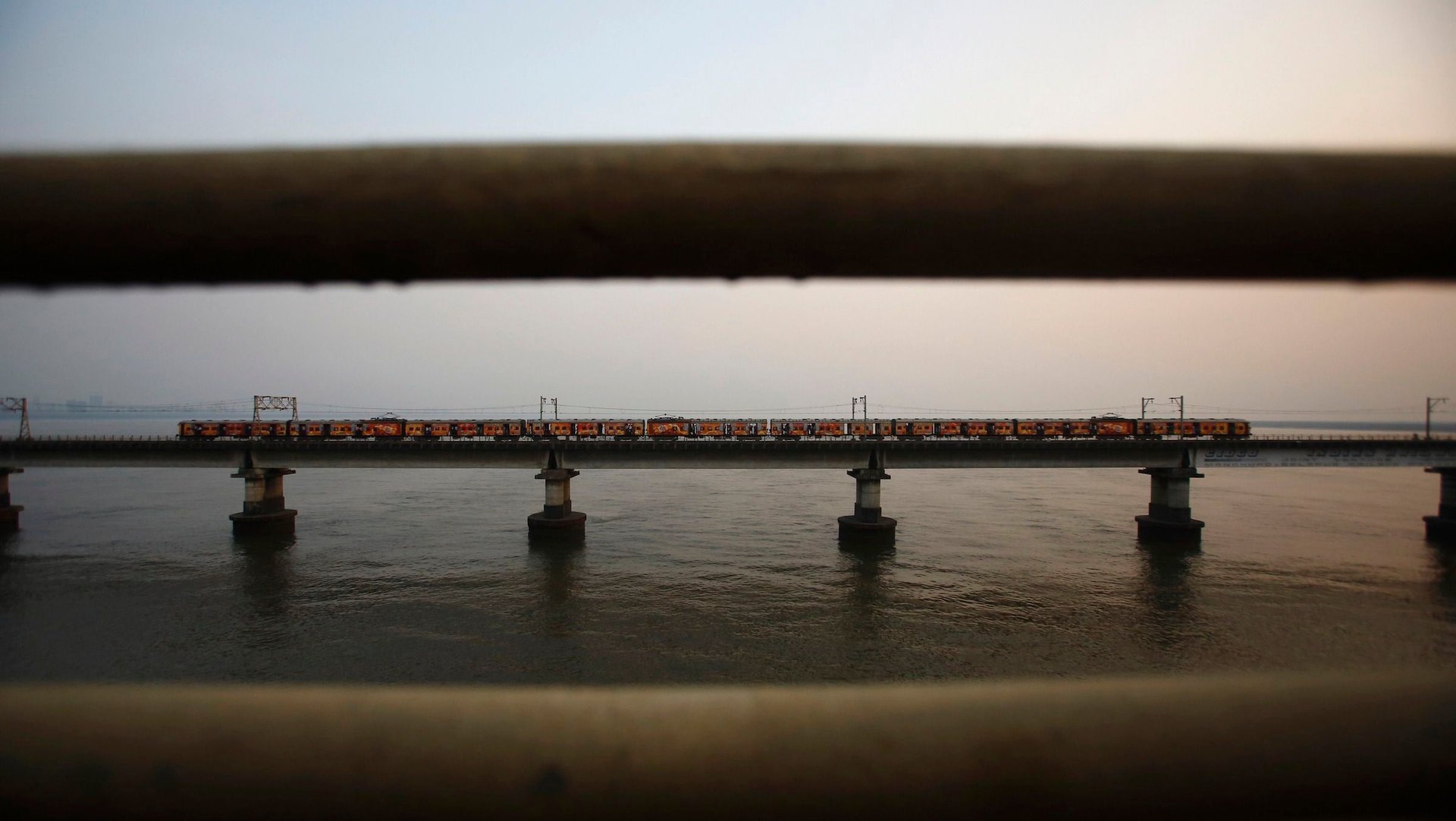Indian railways need business management principles, not budget speeches
Earlier today, while inaugurating the 25-km rail link from Udhampur to Katra Vaishno Devi, (which took an unacceptable 12 years to build!) prime minister Narendra Modi said private investors would be invited to modernize railway stations.


Earlier today, while inaugurating the 25-km rail link from Udhampur to Katra Vaishno Devi, (which took an unacceptable 12 years to build!) prime minister Narendra Modi said private investors would be invited to modernize railway stations.
A day earlier, a train did the 200-km Delhi-Agra lap in ninety minutes, achieving a top speed of 160 kmph and an average of 133 kmph.
These are encouraging developments, but ultimately mere slivers of light at the end of a long dark tunnel. The stark fact is that Indian Railways is broke. It doesn’t have the money to invest in modernization or to improve safety.
The unfortunate thing is that we are not in this situation for a lack of ideas. The railways need to be restructured radically. And a thoughtful blueprint for this is available to us in the form of the Rakesh Mohan Committee report of 2001. The rail minister would do well to implement the report.
Here are a few key measures that can help transform the railways into a powerful locomotive for India’s economy.
- A commercial organization cannot be run like a ministry. The railways should become a company to improve performance and fix accountability. It could be called the Indian Railways Corporation.
- The policy function must be separated from the enterprise management function. The former must vest with the government and the latter must be independent of it. This is how China Rail, which is similar to the Indian railways in many ways, was reformed beginning in 1992 and more seriously from 1998.
- Indian Railways should be split into smaller, regional companies. The Indian Railways Corporation should be the holding company, and would be managed by the Indian Railway Executive Board.
- The CEO must be appointed from among the best in the world with market-based salaries.
- The board must be re-organized along business lines, with a head each for freight, passenger, suburban and shared infrastructure portfolios. This should replace the functional division that is currently followed, with a member each for electrical, mechanical, civil, traffic and so on. This will make the railways run like an efficient business with better decision making across the board rather than a lethargic engineering enterprise.
- The current method of cash accounting should be replaced by a modern double entry accrual accounting system.
- An Indian Railway Regulatory Authority should be set up to create a framework to introduce competition. Multiple operators should be allowed on select routes capable of supporting them. The regulator should ensure a fair operational environment to them.
- If the government wants to run railways lines that are not commercially viable, it should provide an explicit subsidy. The regulator should determine the subsidy amount. It would act as a watchdog of consumer interests.
- All non-core activities should be hived off into autonomous corporations. These currently stretch management bandwidth and serves as a distraction from the complex core function of running the world’s largest railways network. Such non-core activities include production units, residential colonies, catering, hotels, sanitation, printing presses, medical facilities, schools, colleges and research centres currently run by railways.
- The practice of presenting the railway budget itself should be abolished. It has become an occasion for ministerial grandstanding and has done little to foster new ideas to turn around the railways.
That is the destination.
They say a journey of a thousand miles beings with a single step. I will be looking for signals in the budget next week that the political economy to enable reforms has indeed changed. Will the minster declare that there will be no interference in the commercial operation of the Railways? That the powers of the proposed Rail Tariff Authority will be binding and not merely recommendatory? That only those projects that will increase the profitability of Railways will be taken up for completion? That the government will foot the bill if it wants non-commercial projects implemented? As of March 2012, there was a backlog of 487 projects entailing an investment of Rs100,000 crore. We have a really long journey to go on.
Rarely is a minister’s task as clearly cut out as the one before the rail minister next week.